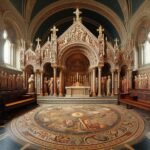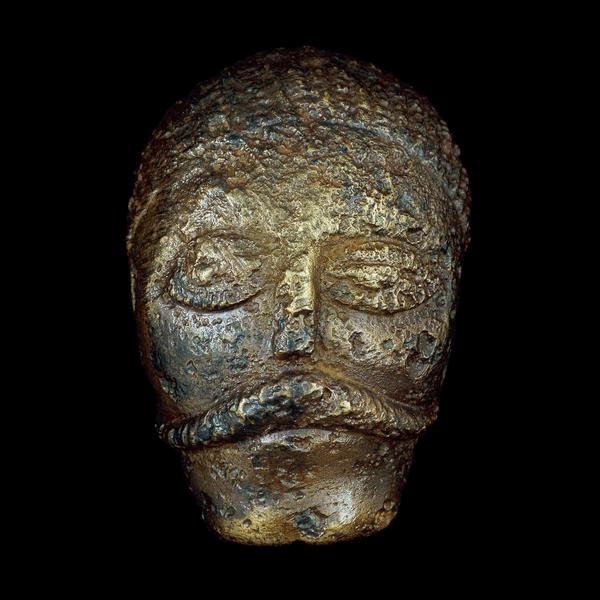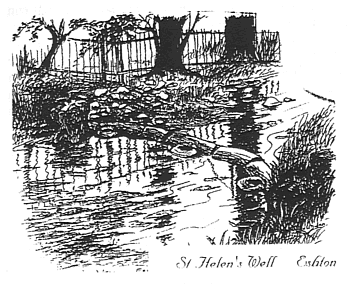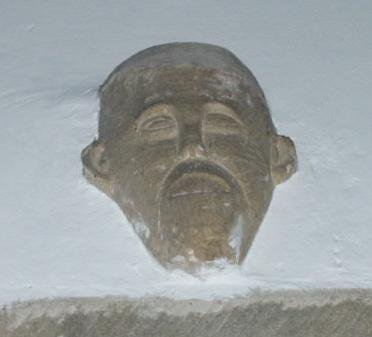Find Details:
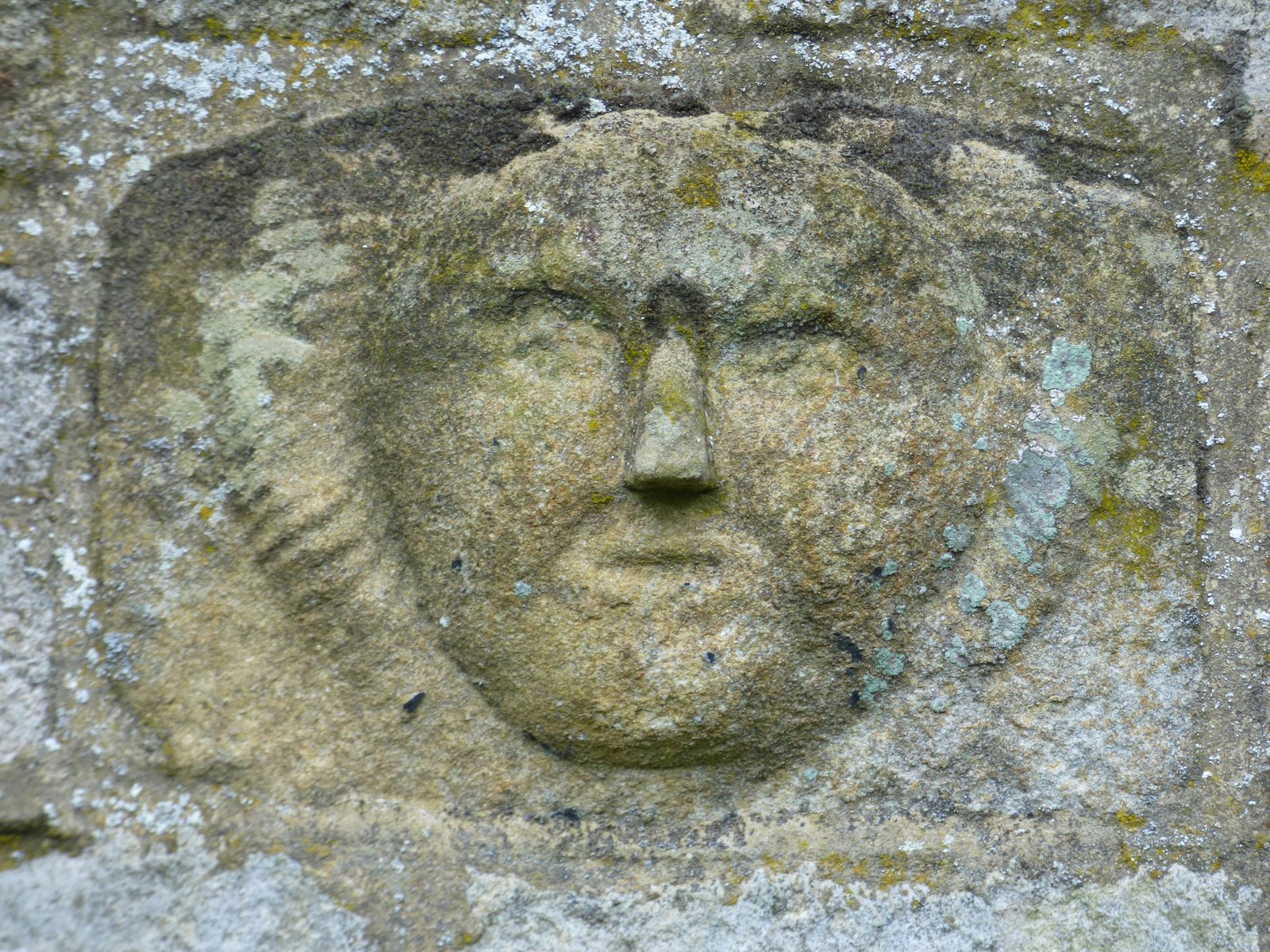
The Celtic Head in Ramsgill, North Yorkshire, is a fascinating artifact that offers a glimpse into the region's ancient past. While details about this particular head are not widely documented online, Celtic heads are generally considered stone carvings from the Iron Age and are thought to represent deities or ancestors. These artifacts are often found throughout the British Isles, particularly in areas with a strong Celtic influence. In the context of Ramsgill, a small village rich in history, such a find would not be improper. The village itself is noted for its historical sites, such as the remains of a medieval chapel and the Church of St Mary the Virgin, which dates back to 1842. The area was also influenced by the monks of Byland Abbey in the 12th century, who established a large grange there.
One interpretation of this head could be that it is of an "Anointed" one. Due to the rays shown coming from that individual's head.
These carved stone heads, which are found throughout areas of Europe once dominated by Celtic tribes, are thought to represent various concepts, from gods and spirits to revered ancestors. The interpretation of the Ramsgill head as an "Anointed" one, suggested by the rays emanating from the individual's head, aligns with the theory that these heads were part of a religious or ritualistic practice. The rays could symbolize divinity, enlightenment, or a form of spiritual or regal authority.
The practice of carving such heads is believed to have continued from at least the Iron Age into modern times, although the reasons and motives behind the act have likely evolved. In the context of Ramsgill, it's important to consider the local history and archaeological findings. The region of North Yorkshire has a rich Celtic and Roman heritage, with numerous artifacts indicating a strong presence of these cultures. The Brigantes Nation, a prominent Celtic tribe during the Iron Age, inhabited this area, and their religious practices and artistic expressions have been a subject of study. The presence of a Celtic head in this region could suggest a continuity of local religious traditions or an adaptation of such practices during the Roman occupation of Britain.
The specific details about the Celtic Head in Ramsgill are scarce, but references to similar artifacts can be found in scholarly articles and museum collections. For instance, the British Museum houses a 2nd-century B.C. Celtic head from Witham, which provides insights into the style and symbolism of such carvings. Additionally, the head built into the lower stage of the Norman tower at St. Michael's Church in Brough, Westmorland, is another example of a carving with potential ancient origins, possibly inspired by local Iron Age beliefs.
The interpretation of these heads, including the one in Ramsgill, is complex and multifaceted. While some heads have a provable ancient origin, others are more challenging to date due to their portability and the possibility of later reproductions. The horned heads, like the one found in Well, North Yorkshire, are a common feature and suggest a link to pagan beliefs and practices. These carvings are not only significant for their religious implications but also for their artistic value, representing the craftsmanship and cultural expressions of the Celtic peoples.
In conclusion, the Celtic Head in Ramsgill is a testament to the rich cultural tapestry of North Yorkshire and the enduring legacy of the Celts. The interpretation of this head as an "Anointed" one is a compelling perspective that adds depth to our understanding of Celtic art and religion. For those interested in exploring this topic further, the articles and resources provided by the Brigantes Nation website offer valuable insights and discussions on Celtic heads and their significance. The study of such artifacts continues to shed light on the beliefs and practices of ancient societies, offering a glimpse into a world that has long since passed but whose echoes can still be felt today.

Site Gallery
Gallery Empty



